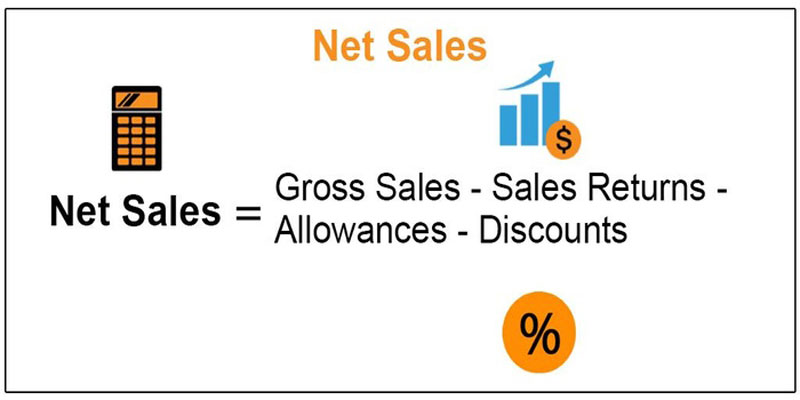Understanding Tax Refund
Jul 28, 2022 By Triston Martin
How and when you file your tax return, the accuracy of the information and the method you select to collect your refund will all affect how quickly you receive it. It can be a little unsettling to wait for that refund, especially if you are expecting an excellent fat amount and have plans for how you'll spend it. But how long would it take?
There are a few things that can affect how long it takes for your Tax Refund to arrive, even if it's tough to predict the exact day it will. This article outlines some of these elements and offers ideas on what to do with the money once you have it.
What is a Tax Refund?
A Tax Refund is a payment you receive for any extra tax you paid that year. A Form W-4 must be completed when you begin working for a company. The amount your employer deducts from your salary to cover federal income taxes depends on the information you provide.
An excessive amount of salary deduction results in a Tax Refund. You will owe taxes if you fall short. Most employees prepay their federal income taxes withholdings through their paychecks, although some may file quarterly estimated taxes.
Tax Refund Schedule
A schedule for estimated tax payments is provided by the International Revenue System (IRS), which is broken down into quarterly due dates:
- April 15 for payments made between January 1 and March 31
- June 15 for payments made between April 1 and May 31
- September 15 for payments made between June 1 and August 31
- January 15 for payments made between September 1 and December 31
If you apply for a refundable tax credit, such as the Earned Income Tax Credit (EITC), you may also be eligible for a Tax Refund.
Most federal income tax credits are non-refundable and lower your tax liability. You will get a Tax Refund for the difference if your claimed refundable tax credits are higher than the amount you owe.
How to file and receive your Tax Refund?
Taxpayers have a choice in how they file their taxes and how they get their refunds. Refunds for paper tax returns that are mailed to the IRS can typically be expected to arrive in six to eight weeks. Refunds for returns filed electronically typically arrive three weeks later.
Remember that the IRS encourages people to file taxes electronically and choose direct deposit for refunds. You'll most likely receive your refund more quickly if you do this as opposed to mailing your return and asking for a paper check.
Even though you asked for a direct deposit, you could occasionally get your refund in the form of a paper check.
According to IRS, this might occur if:
- You ask that the return be electronically placed into an account that you or your spouse doesn't control.
- Bank of America declines the transaction.
- Your request for the bank account to receive more than three electronic refunds.
How long will it take for your Tax Refund to arrive?
You might be wondering when you'll get your tax return, which many Americans expect each year to aid them with key financial decisions. Several factors, including when and how you file your tax return, might affect how long it takes for you to get your Tax Refund.
For a number of reasons, such as if your return is incomplete, has errors, was impacted by fraud or identity theft, or needs more scrutiny, your Tax Refund could be delayed.
Additional specified products may cause a delay in your reimbursement. For instance, it can take up to 14 weeks to file tax returns, including Form 8379: Injured Spouse Allocation.
The earliest you can expect to receive your Tax Refund if you claim certain tax credits is the first week of March. Taxpayers who claim the EITC or Additional Child Tax Credit (ACTC) cannot get their refunds from the IRS before mid-February due to the Protecting Americans from Tax Hikes (PATH) Act.
How to track your Tax Refund?
If you haven't received your return, the IRS's Where's My Refund? indicates the status of your return. Within one day of filing electronically or roughly a month after mailing your return, you can use the tool to access your refund information.
The tool is available on IRS.gov or the IRS2Go app and is updated daily. You must supply this information along with your tax filing status, your Social Security number (SSN) or individual taxpayer identification number (ITIN), and the precise amount of your return.
The tool shows you where our refund is in the process at the moment you check.
The IRS may display the following information about you depending on the circumstances:
- Refund Received
- Return Approved
- Approved Sent
Yet another explanation for what is occurring
It will probably take a few more days after you notice that your Tax Refund is approved before it appears as "sent." Your refund should come electronically within five days of this point or via mail within several weeks.
When checking the status of your Tax Refund, you should only get in touch with the IRS directly if it has been at least three weeks since you electronically submitted your return or if the Where's My Refund? tool instructed you to do so.
Bottom Line
If you want your tax refund to arrive quickly, request direct deposit and file electronically. The conventional mailing method of your tax return might cause unnecessary, inconvenient, and significant delays. You can begin investing that money as soon as you receive your refund.








